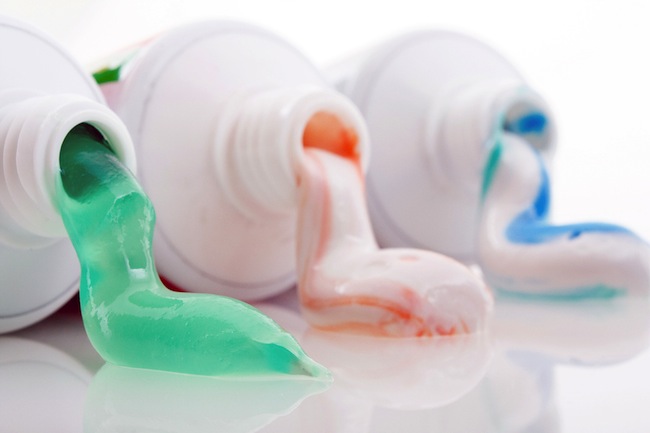- Make It Yourself Lavender Heart-Shaped Bath Bombs!
- 20 Things You Never Knew About “Down There”
- 12 Best Foods For Those Suffering From Arthritis Pain
- 12 Personal Hygiene Mistakes Almost Everyone Makes (Mom Never Told You About #4!)
- 15 Medicinal Plants And Herbs From The Cherokee People
- 12 Mind-Blowing Benefits Of Drinking Coconut Water During Pregnancy
- 12 Outstanding Winter Foods That Won’t Fatten You Up Like A Christmas Turkey
10 Things You Think Are Healthy But Really Aren’t (#4 Even Surprised Us!)

Photo credit: bigstock.com
4. Your Loofah
Who doesn’t love the way that a nice scrub with the loofah makes you feel? Most people leave their loofah in the shower or by the bathtub, where the heat and moisture from the bathroom creates a perfect environment for bacteria and mold to grow and multiply. When you then rub this infected loofah over your skin, if you have any cuts, nicks, or other skin abrasions, you introduce those bacteria into the skin, causing infection. Always choose natural loofah sponges, not the synthetic ones, to help prevent the growth of bacteria naturally. Rinse your loofah in hot water, and then be sure to dry it out. You might want to consider storing it near a window or some other location where it can completely dry out in between uses.
5. Antibacterial or Whitening Toothpastes
Most toothpastes with whiteners use some type of abrasive agent to scrub stains off of your teeth. Unfortunately, abrasive materials will wear away your tooth enamel, making your gums and teeth more sensitive. Other toothpastes include triclosan. As we mentioned in regard to antibacterial soaps, triclosan is a known hormone disruptor and leads to numerous problems in the reproductive system. Even the usually ineffective FDA is considering banning its use.
Many commercial brands of toothpastes are also loaded with other toxic chemicals you really don’t want in your mouth, such as fluoride, propylene glycol (which is the main ingredient in antifreeze), sodium lauryl sulfate (a degreaser), and artificial sweeteners like aspartame.
Avoid all of these things and start using natural toothpaste, or make your own from simple baking soda and coconut oil.
Continue to Page 4
































